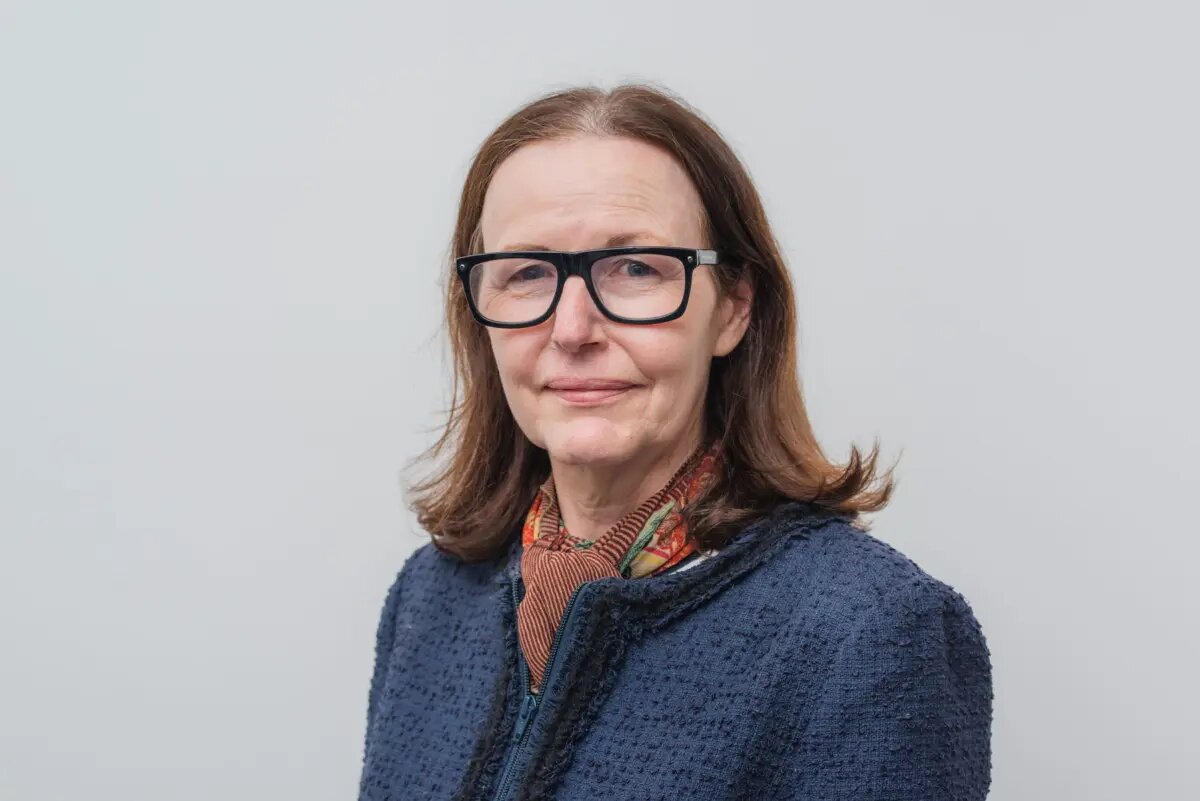
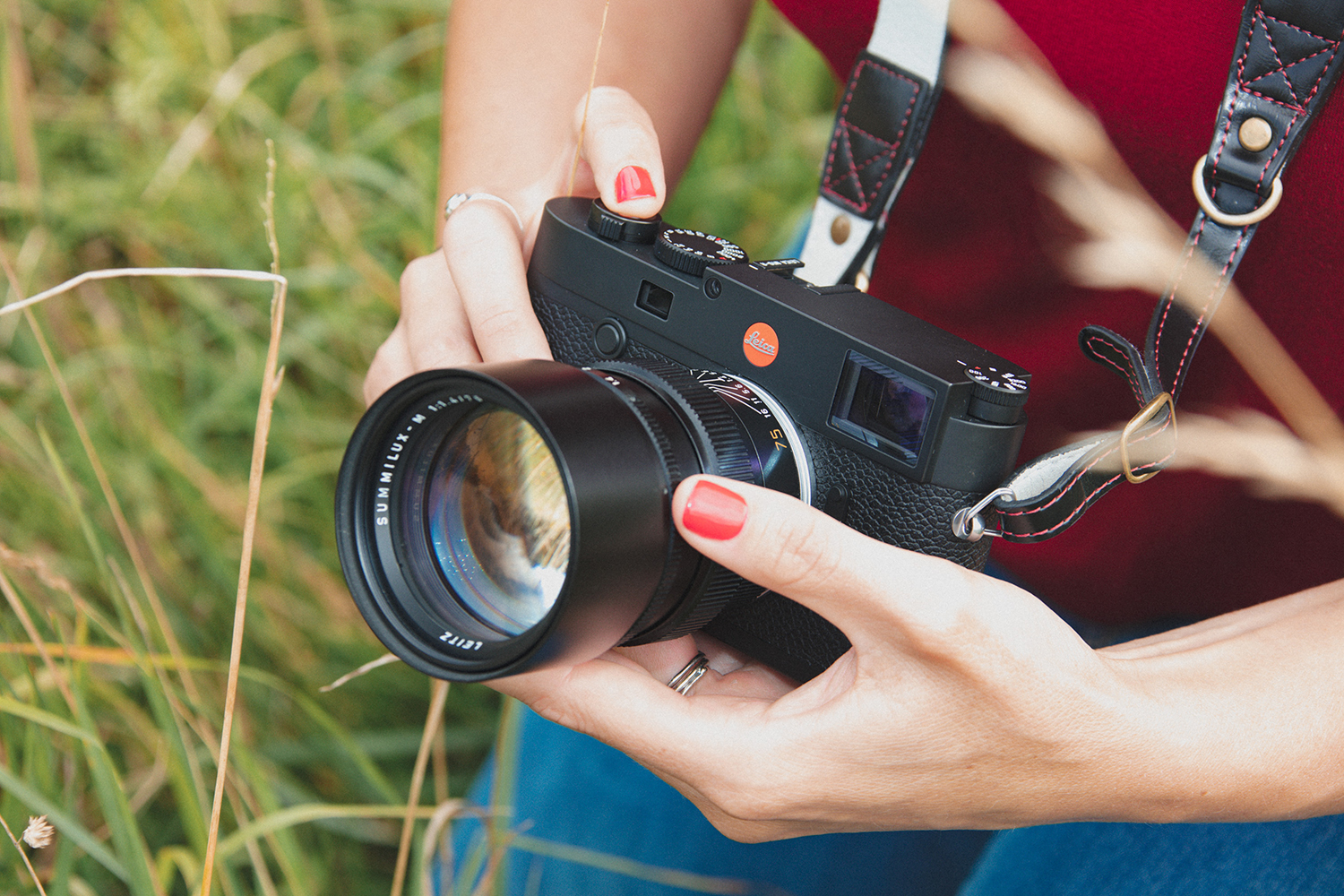
According to research from the United Nations Environment Programme (UNEP), the world produces approximately 54 million tonnes of electronic waste annually. This waste comes in the form of discarded computers, phones, televisions, home appliances, and even cameras—and only an estimated 17% is recycled.
But change is brewing in the photography industry. Research conducted in 2021 by MPB, the world’s largest platform for used photo and video gear, revealed that more than half of photographers (56%) recognize that e-waste is an issue that the field needs to address urgently.
At the time of that survey, photographers under 35 were most likely to consider the environmental impact of their practice, but in 2023, photographers across generations have joined the movement and are contributing to a more sustainable future.
“We’ve seen an increased interest in the circular economy and demand for used camera gear across all age groups over recent years,” Rachel Thompson, the Head of Sustainability at MPB, tells us. “The sustainability benefits of buying second-hand are now widely recognized, with growing recognition that used is better than new.”
In a circular economy, gear that might otherwise end up in landfills can be repaired and reused. As it happens, the photography industry is uniquely suited for circularity: while some categories of consumer electronics have a reputation for “planned obsolescence”—that is, the production of products that require frequent replacing—cameras and lenses are built to last.
“Photo and video gear can keep producing flawless imagery for decades,” Thompson says. “Buying and selling used just makes sense, especially when everything has been properly checked by experts.” MPB circulates more than 400,000 products annually. Each one is inspected by a world-class team of product specialists and comes with a six-month warranty.
Data from MPB reveals that two-thirds of photographers agree that there’s no need to buy brand-new equipment—especially considering the ever-increasing price of brand-new mirrorless and full-frame cameras. Among those under 35, 69% say buying used is the best way to reduce the environmental footprint of their practice. At the same time, however, further research indicates that the average adult in the US has at least one camera they no longer use—and is holding onto $2,459 worth of unused devices.
There are a couple of reasons why people might not be selling their used gear (yet). 10% don’t know how to do so, and nearly 15% think they don’t have the time. Some think it requires too much effort to sell their gear, while others don’t think they’ll make much money. To address those concerns, MPB makes joining the circular economy fast and seamless.
“The MPB platform offers free instant quotes—our pricing engine immediately calculates how much the item is worth and what could be bought in exchange,” Thompson explains. “Those spare lenses can become an exciting camera in a matter of days—in some cases, without having to spend any money at all. We find that once people realize just how easy it is to buy and sell used camera equipment, they come back to us again and again.”
A circular model also makes photography more accessible and affordable: on average, used cameras and lenses from MPB cost a third less than the same models in brand new condition. You can choose from five condition ratings, including ‘like new’, and all cameras and lenses undergo a thorough 8–10-point inspection process. The team also works hand-in-hand with groups serving the photography community, including UK Black Female Photographers (UKBFTOG), SheClicks, and the Disabled Photographers’ Society. Through these partnerships, they’ve been able to uplift underrepresented voices and make buying and upgrading gear easy for everyone.
A sustainable photography industry is also an inclusive one. “As more people join the circular economy, more choice becomes available, and the benefits continue to increase for everyone involved,” Thompson reflects. “It’s a positive feedback loop.” Word of mouth has been essential to MPB’s growth, with MPB customers leading the charge and inspiring others to start selling their old gear and investing in sustainable, second-hand options.
While exceedingly simple, buying used can make a significant difference. “The leading camera manufacturers don’t publish their environmental data at product or business unit level—e.g. printing, imaging and cameras, medical, industrial—only their company-wide data,” Thompson tells us. “This makes it very difficult to estimate the carbon, metals, water, or waste footprint of new cameras. Due to this opacity, I tend to use carbon data for laptops as a proxy.
“Interestingly, while the laptop sector is less ‘circular by design’ than quality cameras, the laptop sector is more transparent about environmental data. The standardized estimate of the carbon production footprint of a laptop is a third of a tonne. Over a four-year life-cycle—so production plus transport, sale, and use—it’s half a tonne. So selling and buying used will more than halve the carbon footprint and avoid e-waste altogether, compared to buying new.”
MPB’s sustainable model goes beyond the basics. For the last three years, the company has partnered with One Tree Planted to plant 75,000 trees to directly combat climate change and deforestation. Their packaging is 100% plastic-free, made using sustainably sourced paper and card. MPB’s tech platform already runs on 100% renewable energy, and they’ve set ambitious goals for the near future. “Half of the electricity we use in our buildings is renewable, and we aim to reach 100% renewable electricity by 2025,” Thompson shares.
“We have net-zero carbon goals for the buildings, data centers, and courier services we use, and we currently offset any greenhouse gas emissions. In terms of in-bound and operational waste, we send absolutely nothing to landfill.”
The MPB data centers aim to be net zero carbon by 2030, and the courier services aim to say the same by 2035, thanks to innovations like environmentally sustainable biofuels and electric vehicles. Transparency and trust are essential to MPB, so they regularly share updates on their sustainability strategy as they evolve.
Here’s the good news: according to research conducted by MPB over the last holiday season, most people (70%) would be happy to receive used gifts, with almost half (48%) of those surveyed in the US saying that they care about the sustainability of the gifts they receive. That’s the highest on record since MPB started running this annual survey three years ago.
Buying, selling, or trading used gear is an easy, everyday choice. But it’s a choice with far-reaching implications: by joining the circular economy, you save money, reduce your environmental footprint, and help to make photography more accessible to all. Get started with MPB today.
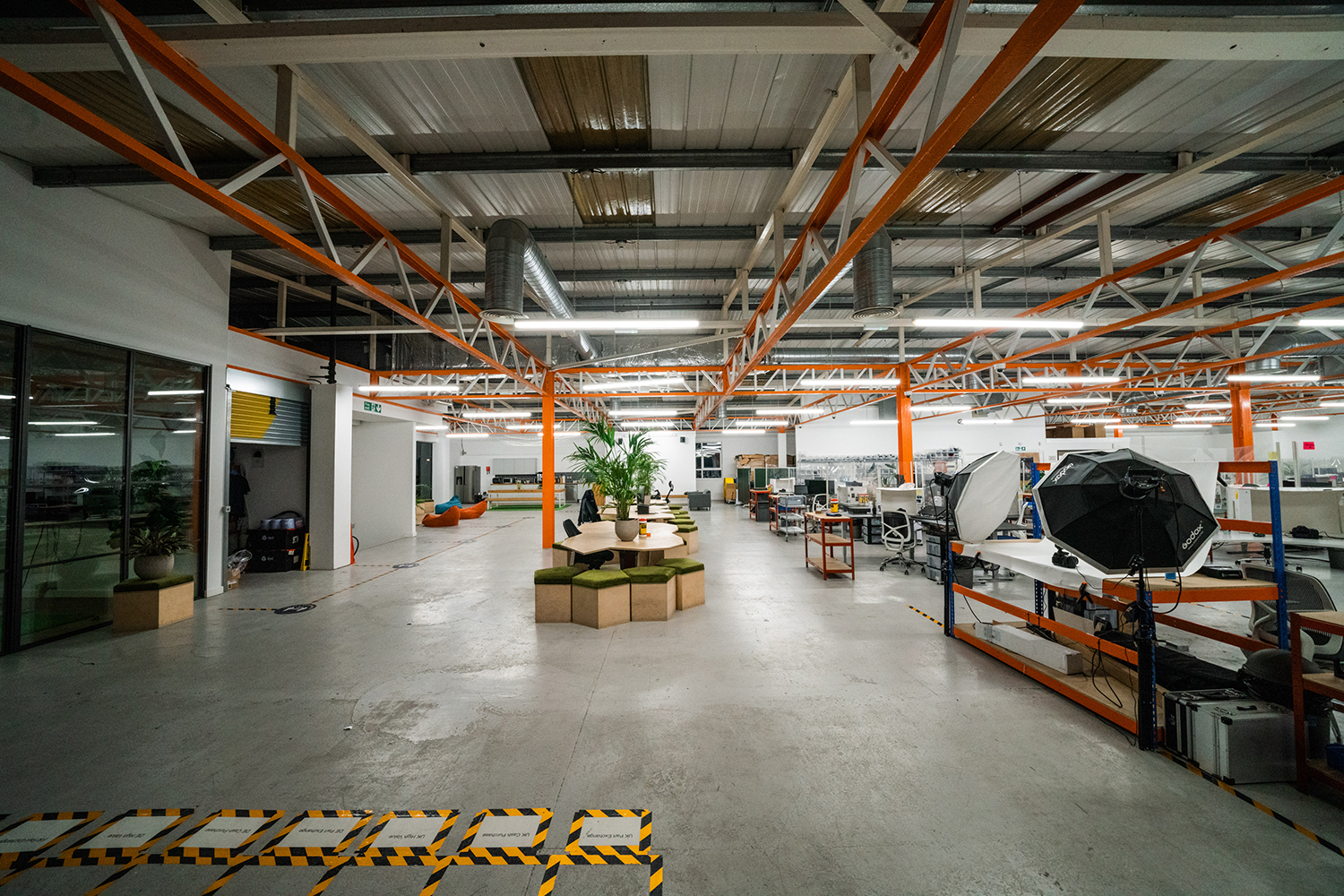
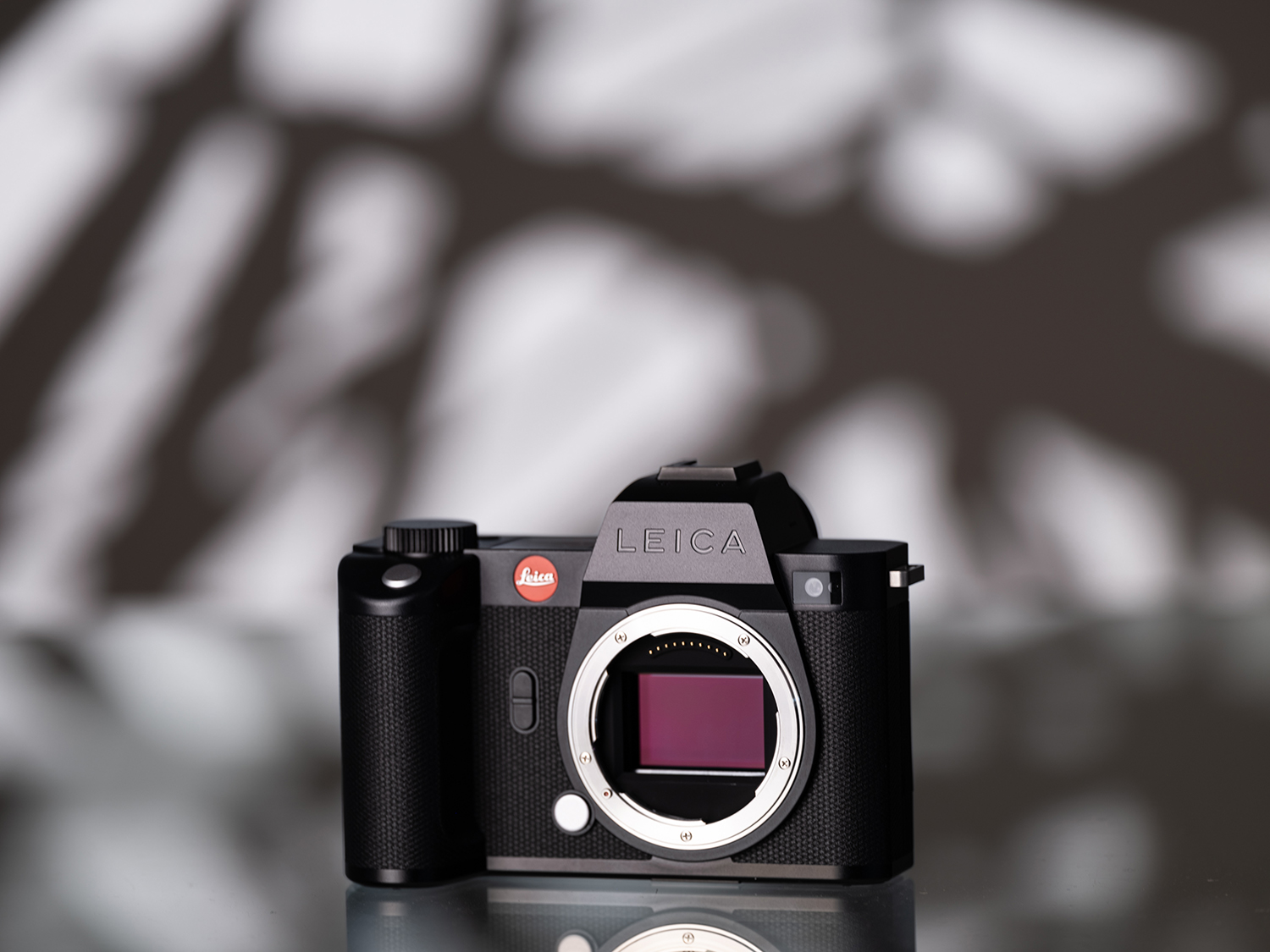
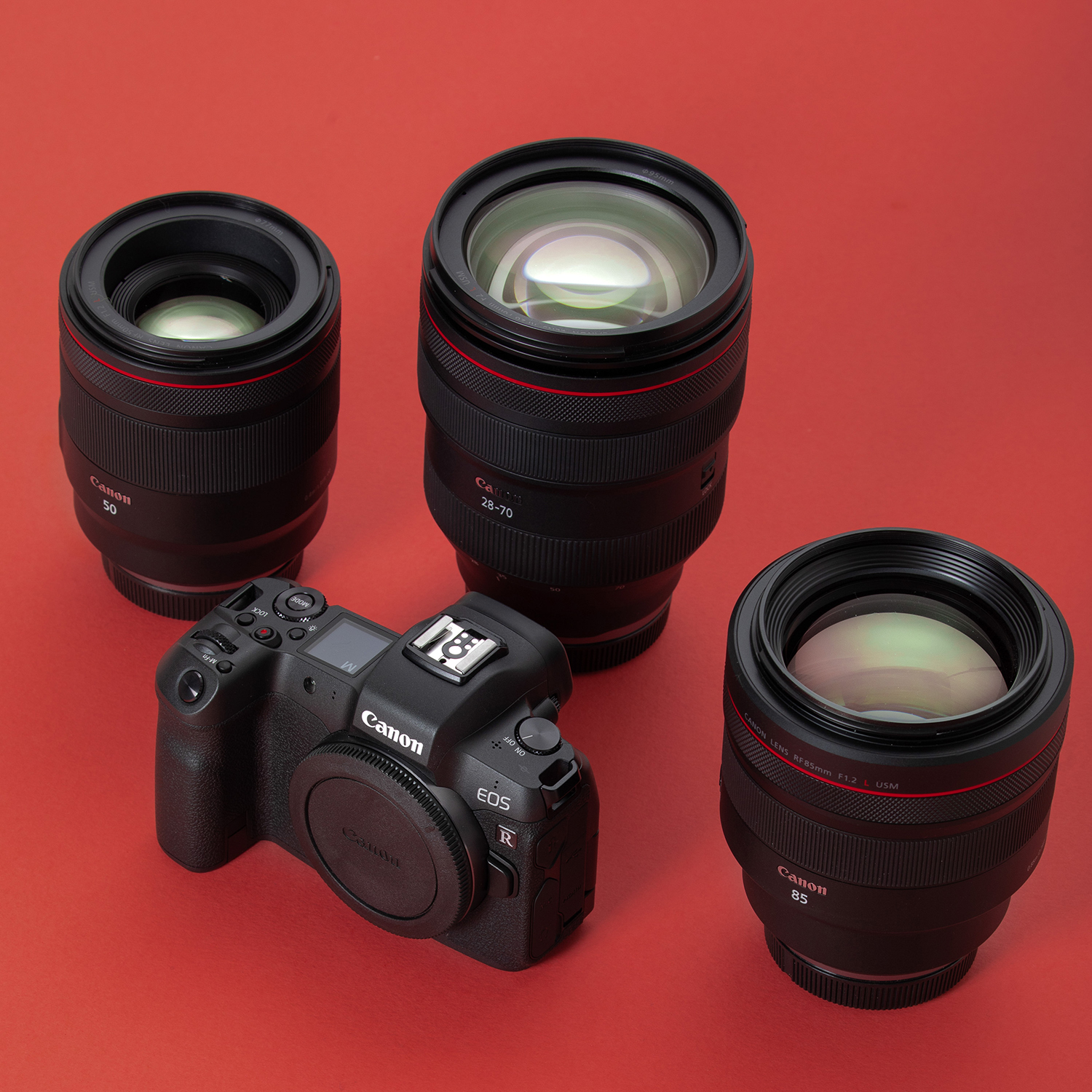
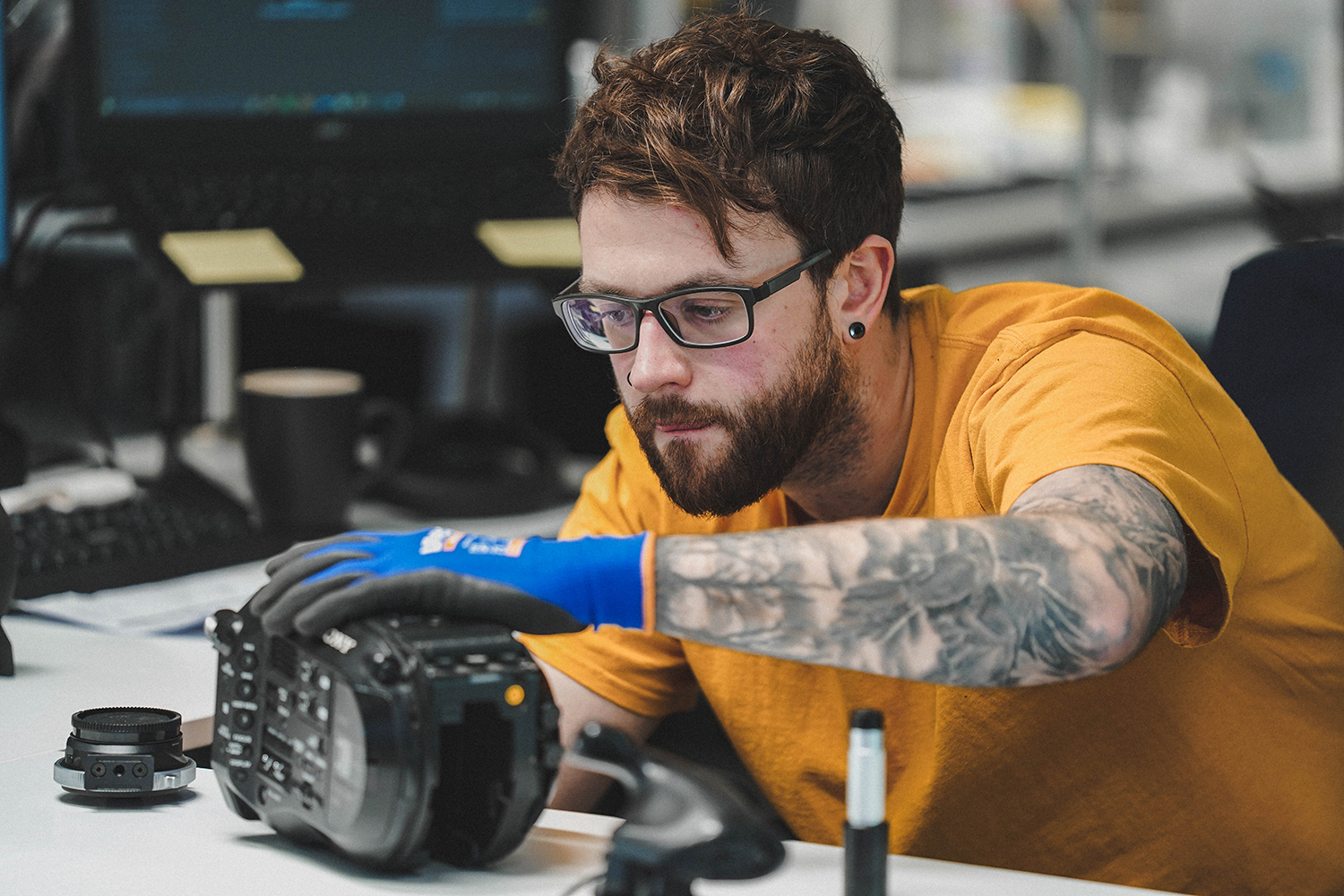
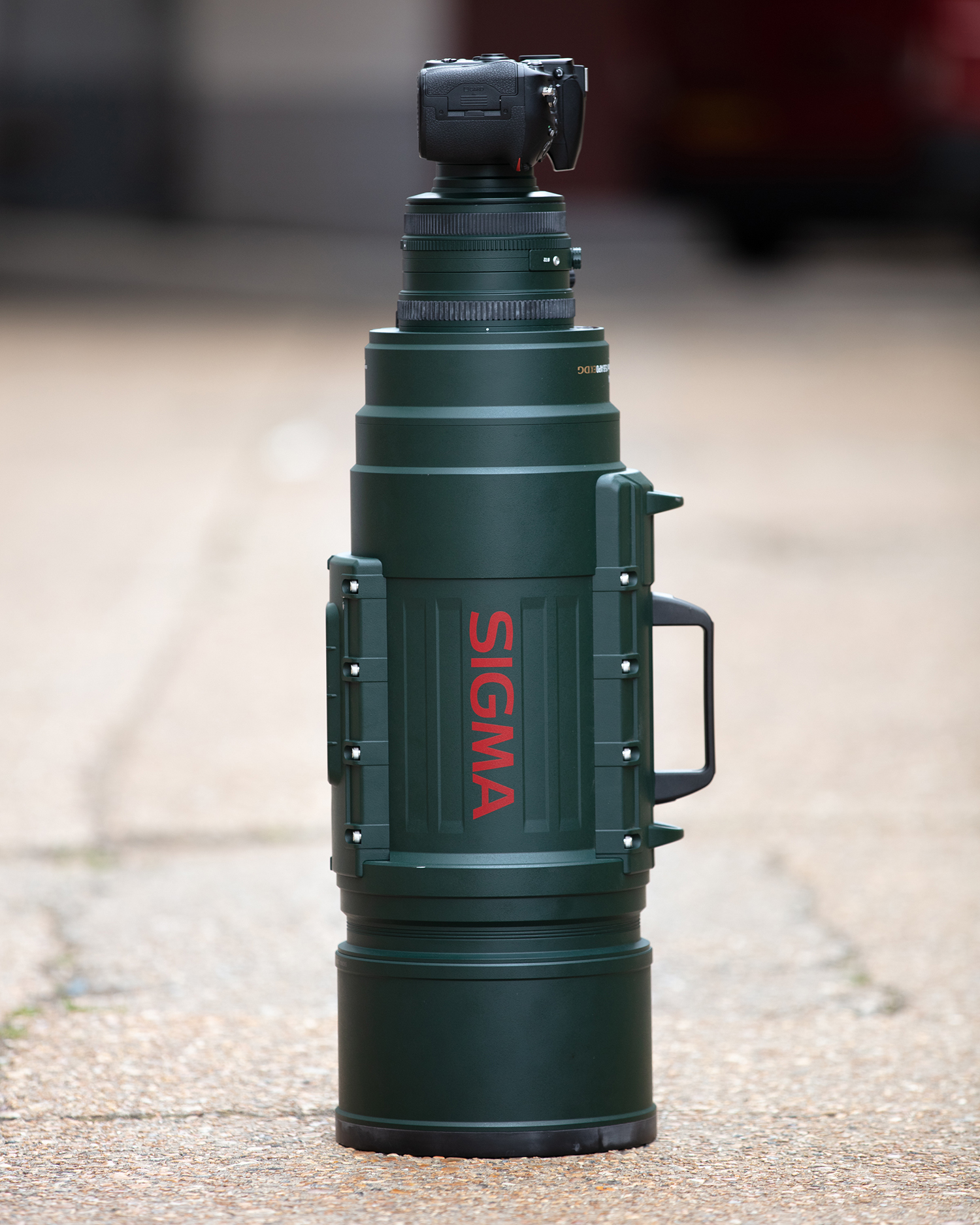
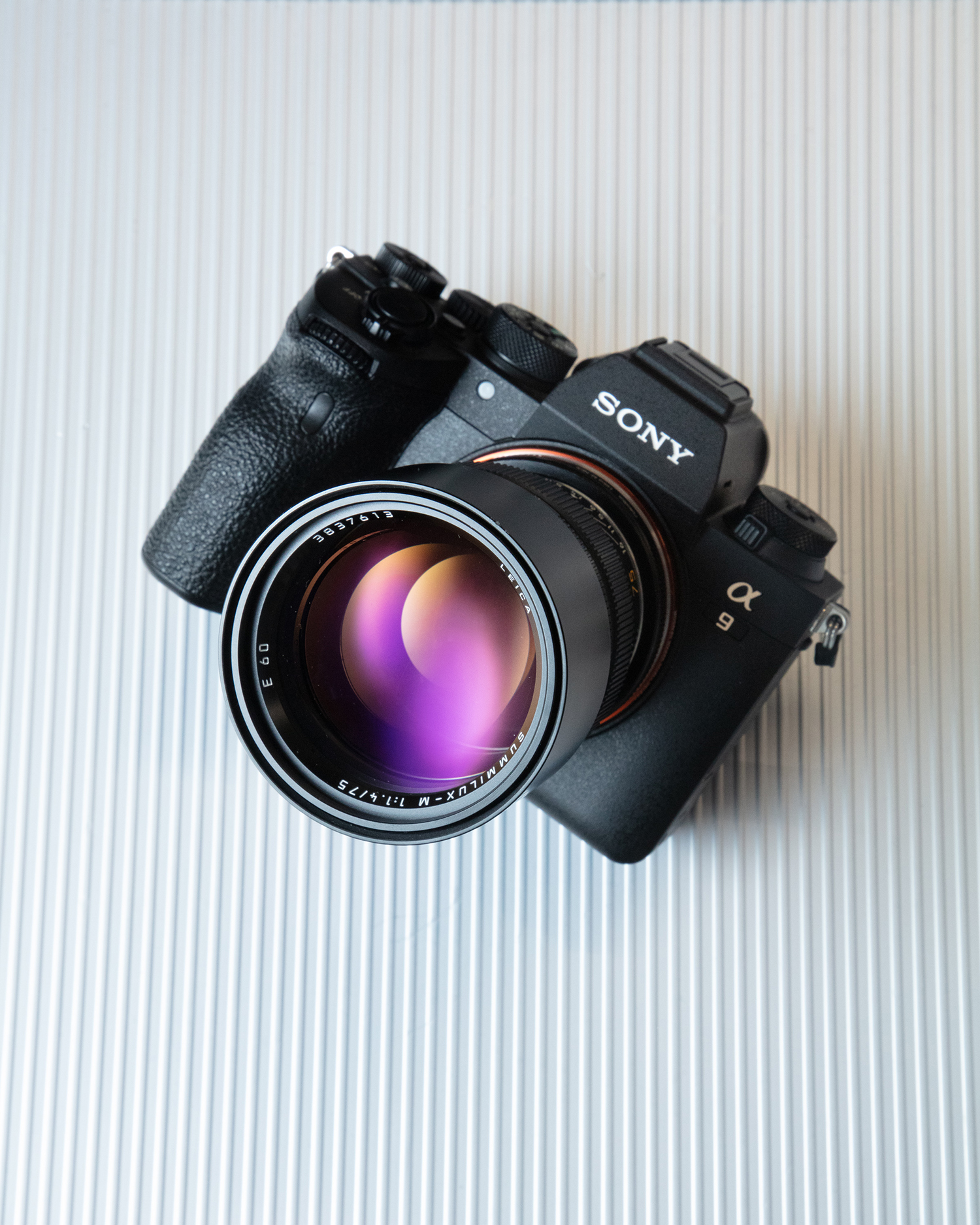
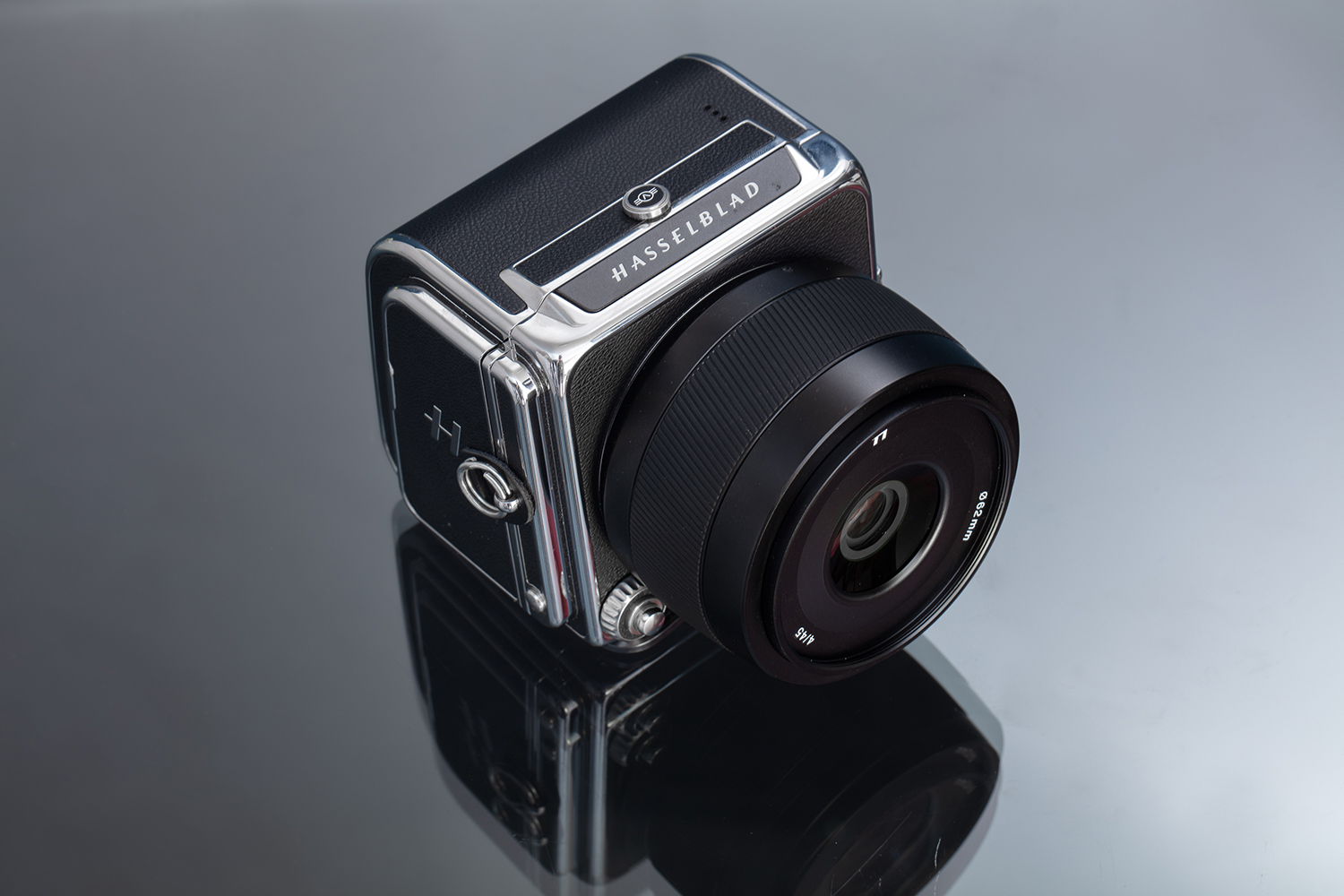
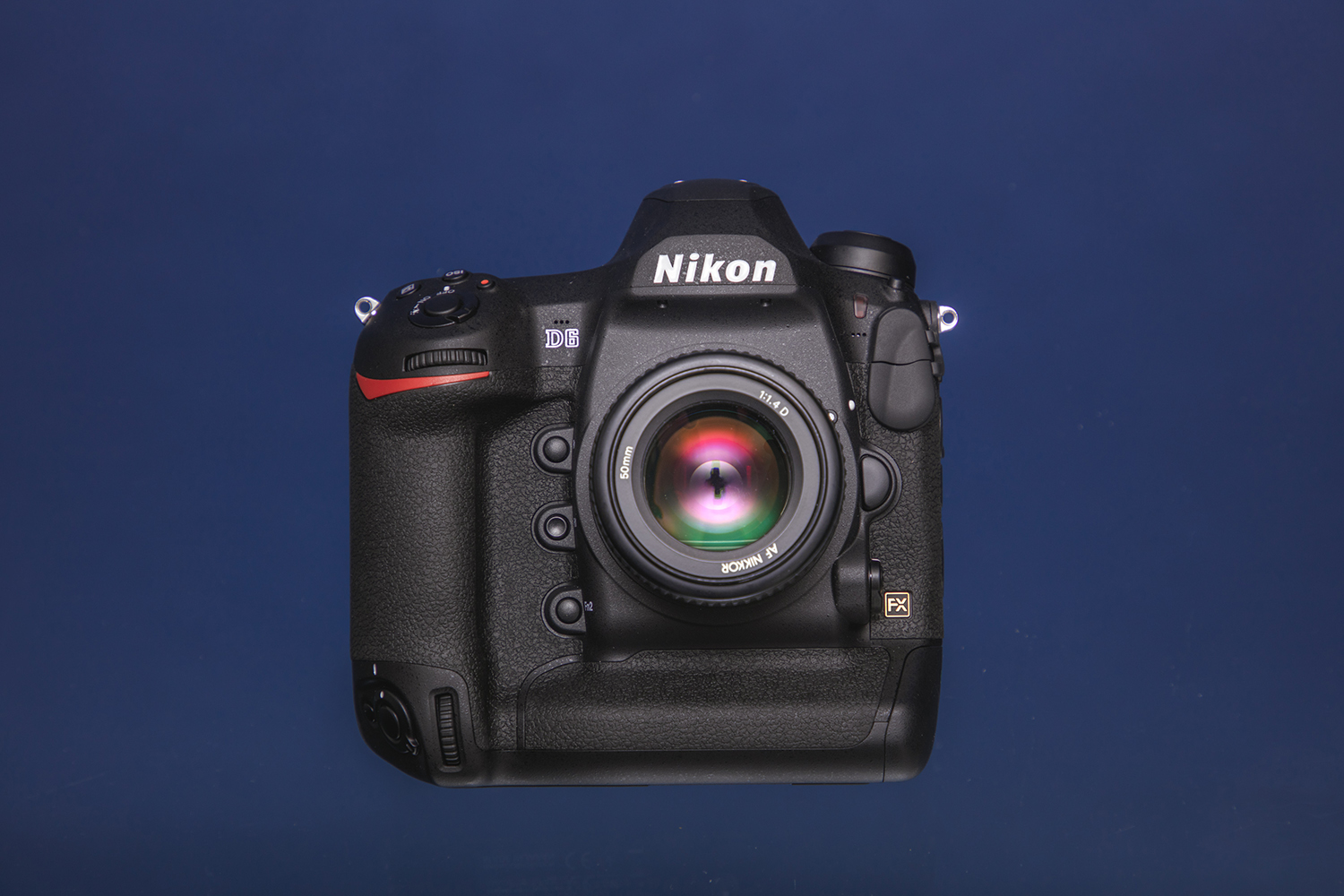
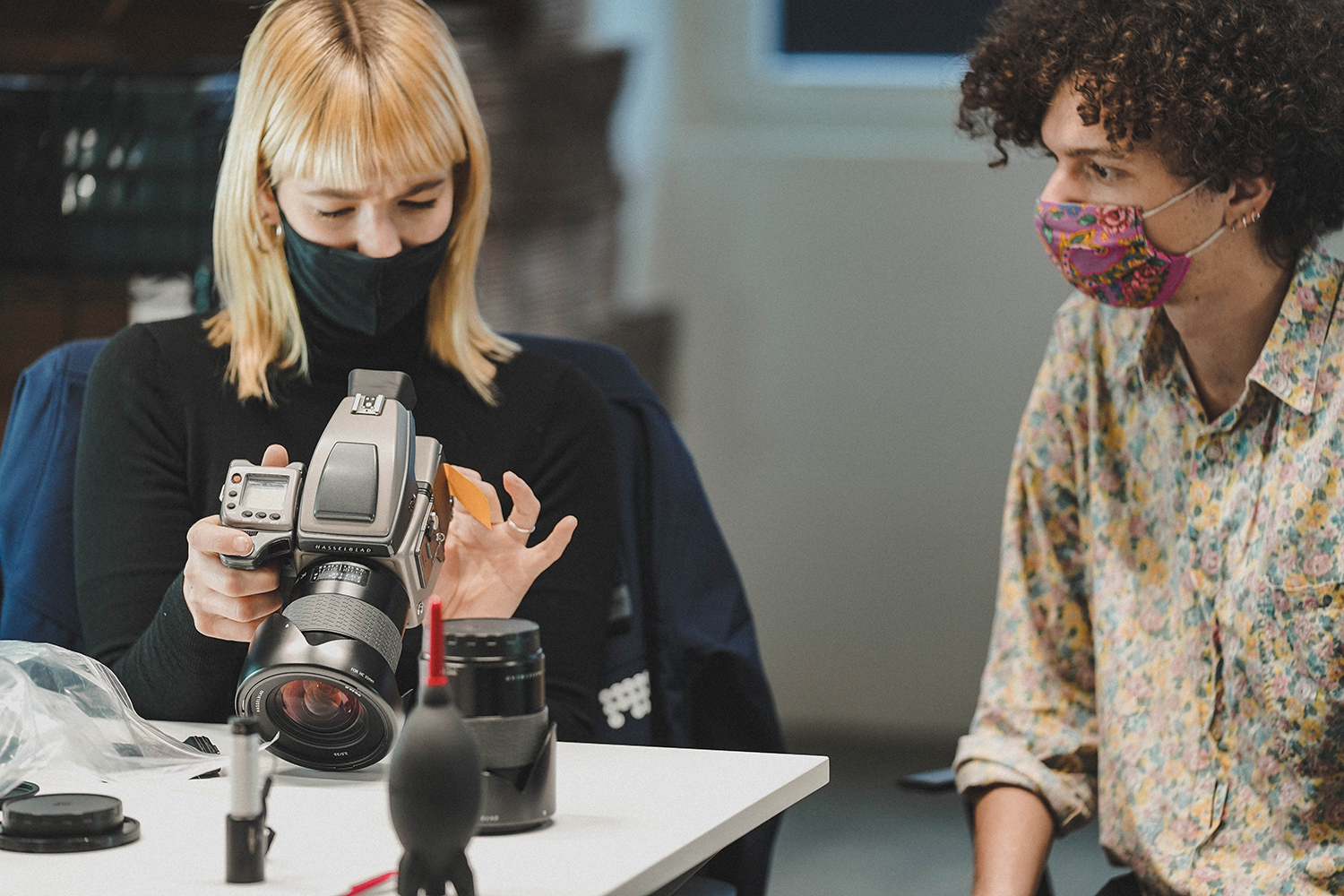



Leave a Reply